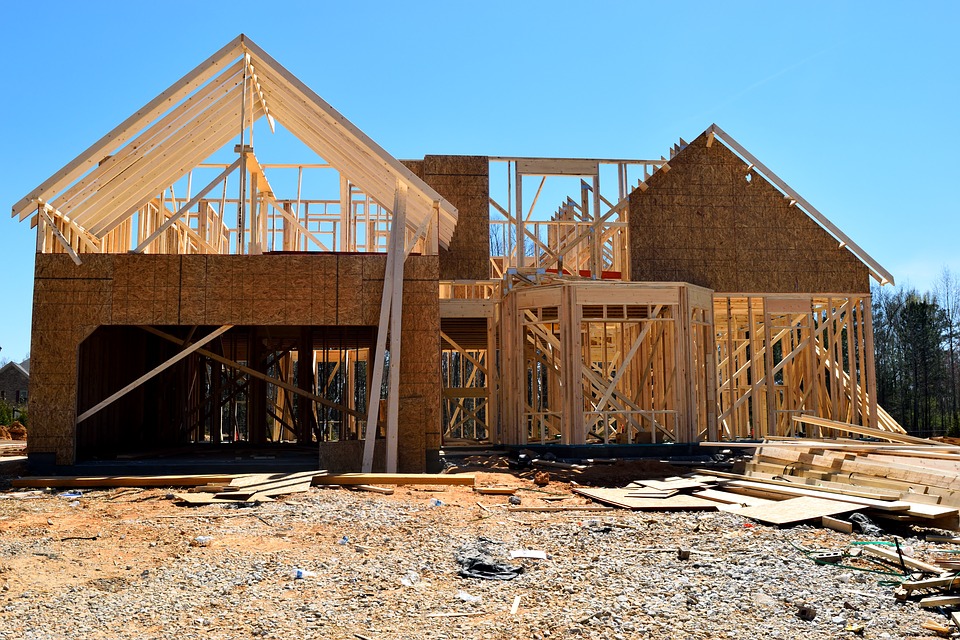U.S. Homebuilders Make Homeownership More Obtainable For Millennials
Share

The median age of a homebuyer in the U.S. has increased by 8 years to 47, according to Marketwatch. One of the main reasons for this is that Millennials have been pushed out of the local housing market due to there being a lack of suitable homes to purchase. This problem isn’t just present in the U.S., as Canadian Millennials are experiencing the same issue too. But all that is changing as homebuilders have finally started to re-tool and construct properties that Millennials want to buy. So what are U.S. homebuilders doing and should Canadian ones follow their lead?
Short supply of smaller properties
The average Millennial has more than $28,000 worth of student debt to their name. As such, they are making lifestyle decisions based on the condition of their finances. They’re getting married older and are starting families later in life than previous generations, for example. Pew Research Center reveals that in 2016, 48% of Millennial women were mothers, whereas 57% of Generation X were moms when they were in the same age bracket. As their families are smaller than those of previous generations and their debt is sky-high, Millennials are favoring smaller properties than are standard, due to their lower purchase price and running costs.
But the problem is that there has long been a short supply of small starter homes in the country. For decades, homebuilders have been increasing the size of the homes that they’ve built. The Census reveals that the average size of a home in America today is 2,631 square feet, which is defined as a medium-sized single-family home. In comparison, the average size of a property in 1973 was just 1,660 square feet. This large difference is similar to the one seen in Canada over the last few decades. Plus, empty-nesting baby boomers have started to snap up the country’s smaller homes when downsizing, thus leaving Millennials with very few housing options. Thankfully, over the last year, homebuilders have started to realize that they are jeopardizing an entire market by continually building big, expensive properties, and have started to take action to provide them with more suitable homes.
Affordable homes
53% of Millennials state that they can’t afford the downpayment for a home, while a further 33% say they can’t qualify for a mortgage. Without the cost of housing in America and Canada dropping dramatically, many of these Millennials are stuck renting. But, one of the biggest benefits of homebuilders in America increasing the number of small homes they are constructing is that they are cheaper than larger homes, which makes them an appealing prospect to Millennials. One homebuilder that is doing its utmost to supply U.S. Millennials with the smaller homes they desire is Lennar Corporation. Last year, the properties they built had an average square footage that was 4% smaller than the homes they constructed in 2018. As a result, the average sales price of their properties reduced by £13,000. Throughout 2020, Lennar will continue to focus on the small property market and aim to reduce the average sales price of their homes by a further $15,000 to just $385,000.
More homes being built
It’s a well-known fact that there is a severe shortage of affordable homes in America and Canada. This situation isn’t helping Millennials as supply and demand mean that the shortage is pushing prices up, even on smaller units. The good news is that homebuilders in the U.S. have cottoned onto this and have pledged to build even more affordable small homes over the course of the coming year. Lennar state that 40% of all the homes they build this year will be small starter homes. U.S. based homebuilder KB Home adds that they produced 5% more low-cost starter homes in 2019 compared to 2018, and are hoping for a similar turnaround this year too.
Tapping into the market
Homebuilders have had to think on their feet in order to provide the affordable starter homes that Millennials yearn for. One thing they’ve done is reduce the number of floor plans and features available on such homes. This allows homebuilders to order items such as cabinets and worktops in bulk, meaning they get a greater discount on them which can then be passed on to Millennial buyers. They’ve also had to think outside of the box to reduce floor space wherever possible, such as installing smaller doors so that when they are opened rooms don’t have to be as wide.
Providing options
At present, millions of Millennials are left with no choice but to rent a property. The difficulties of obtaining an affordable starter home has even resulted in 12.3% of them saying that they expect to always rent. But the smaller home solution that homebuilders in America are providing to Millennials means that more options are opening up for them.
There are currently 100 million renters in America, so Millennials may want to think about how they can use their property to better their finances. The average one-bed property in America goes for $1,216 rent per month, according to Business Insider. So, by securing a mortgage on such a property and letting it out, Millennials could earn a decent income, so long as they gain rent that exceeds their mortgage costs. This is a good way of paying back student loans quicker than average and could even help Millennials progress up the housing ladder faster than they otherwise would have.
Then there’s the fact that house prices in America are growing rapidly. Between August 2018 and August 2019, there was a 4.9% increase in prices across the country. It, therefore, makes sense for Millennials to invest in the affordable homes that homebuilders are constructing now. If prices continue to rise at such a rate, purchasing a $350,000 home now could see an ROI of almost $75,000 in just 5 years’ time, which is sure to benefit the finances of all Millennials.
Homebuilders in America have re-tooled and are starting to offer Millennials the smaller, more affordable starter homes that they’ve longed for for years. As a result, homeownership is more obtainable, as is the option to generate some extra cash. Canada homebuilders should, therefore, seek guidance from those in the U.S. and follow their lead to help make homeownership there just as prosperous and appealing.
You may also be interested in: How to Take Charge of Your Credit Score in 2020
Disclaimer: All investing can potentially be risky. Investing or borrowing can lead into financial losses. All content on Bay Street Blog are solely for educational purposes. All other information are obtained from credible and authoritative references. Bay Street Blog is not responsible for any financial losses from the information provided. When investing or borrowing, always consult with an industry professional.






Bay Street Blog Newsletter
Click here to subscribe for a financial savvy experience.
Please check your email to confirm subscription!